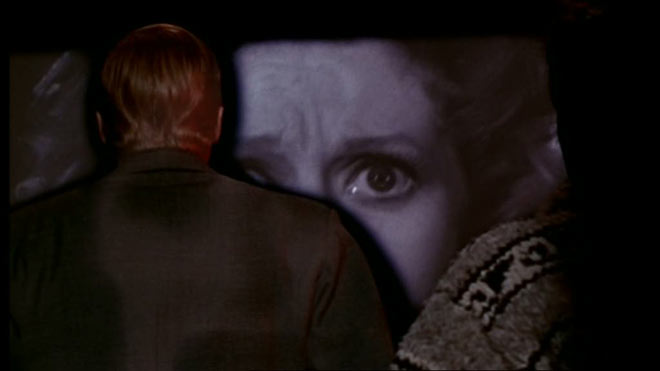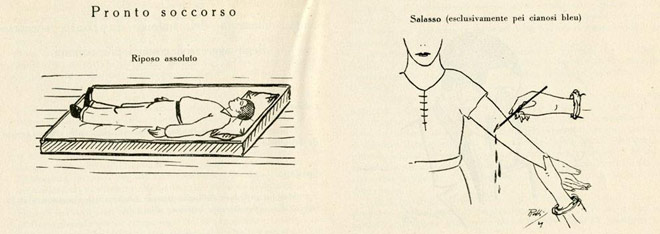The way that children reason about the world, there’s a lot of good evidence to suggest that there are domains of knowledge: physical, reasoning about the physical world; biological, reasoning about the living world; and reasoning about the psychological world. Those three domains are the physics, the biology and the psychology, and are deemed to cover the majority of what we do when we’re thinking about concepts. […]
This is work I’ve done with Paul Bloom. We initially started looking at sentimental objects, the emergence of this bizarre behavior that you find in children in the West. They form these emotional attachments to blankets and teddy bears and it initially starts off as an associative learning type of situation where they need to self-soothe, because in the West we typically separate children, for sleeping purposes, between one and two years of age. In the Far East they don’t, they keep children well into middle childhood, so they don’t have as much attachment object behavior. It’s common, about three out of four children start off with this sort of attachment to particular objects and then it dissipates and disappears.
What Paul and I are interested in is whether or not it was the physical properties of the object or if there was something about the identity or the authenticity of the object which is important. We embarked on a series of studies where we convinced children we had a duplicating machine, and basically we used conjuring tricks to convince the child that we could duplicate any physical object. We have these boxes which looked very scientific, with wires and lights, and we place an object in one, and activate it, and after a few seconds the other box would appear to start up by itself and you open it up and you see you’ve got two identical objects. The child spontaneously said, “Oh, it’s like a copying machine.” It’s like a photocopier for objects, if you like. Once they’re in the mindset this thing can copy, we then test what you can get away with. They’re quite happy to have their objects, their toys copied, but when it comes to a sentimental object like a blanket or a teddy bear, then they’re much more resistant to accepting the duplicate. […]
Also, we’re getting into the territory of authenticity and identity. There are some fairly old philosophical issues about what confers identity and uniqueness, and these are the principles, quiddity and haecceity. I hadn’t even heard of these issues until I started to research into it, and it turns out these obscure terms come from the philosopher Duns Scotus. Quiddity is the invisible properties, the essence shared by members of a group, so that would be the ‘dogginess’ of all dogs. But the haecceity is the unique property of the individual, so that would be Fido’s haecceity or Fido’s essence, which makes Fido distinct to another dog, for example.
These are not real properties. These are psychological constructs, and I think the reason that people generate these constructs is that when they invest some emotional time or effort into an object, or it has some significance towards them, then they imbue it with this property, which makes it irreplaceable, you can’t duplicate it. […]
The sense of personal identity, this is where we’ve been doing experimental work showing the importance that we place upon episodic memories, autobiographical memories. […] As we all know, memory is notoriously fallible. It’s not cast in stone. It’s not something that is stable. It’s constantly reshaping itself. So the fact that we have a multitude of unconscious processes which are generating this coherence of consciousness, which is the I experience, and the truth that our memories are very selective and ultimately corruptible, we tend to remember things which fit with our general characterization of what our self is. We tend to ignore all the information that is inconsistent. We have all these attribution biases. We have cognitive dissonance. The very thing psychology keeps telling us, that we have all these unconscious mechanisms that reframe information, to fit with a coherent story, then both the “I” and the “me”, to all intents and purposes, are generated narratives.
{ Bruce Hood/Edge | Continue reading }






















